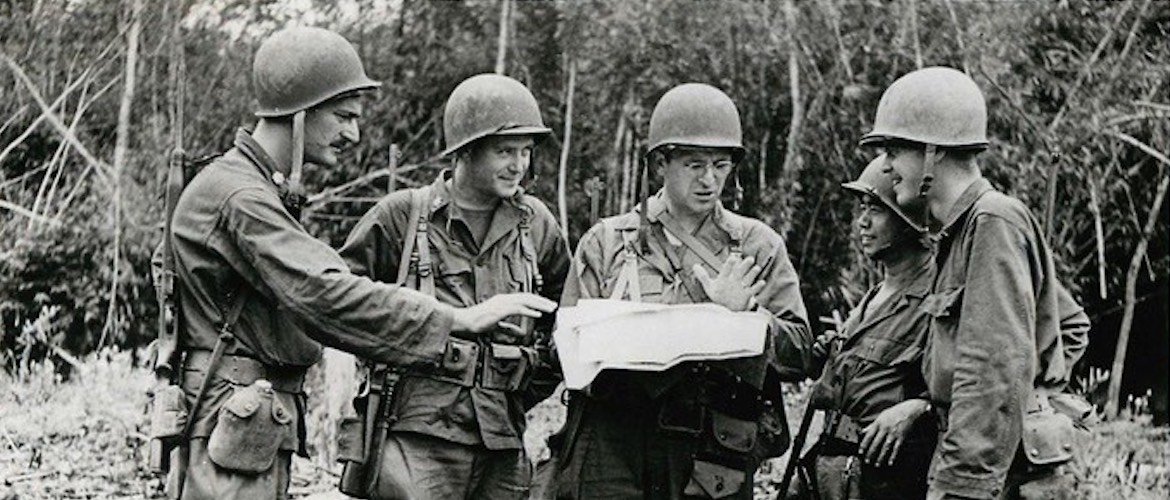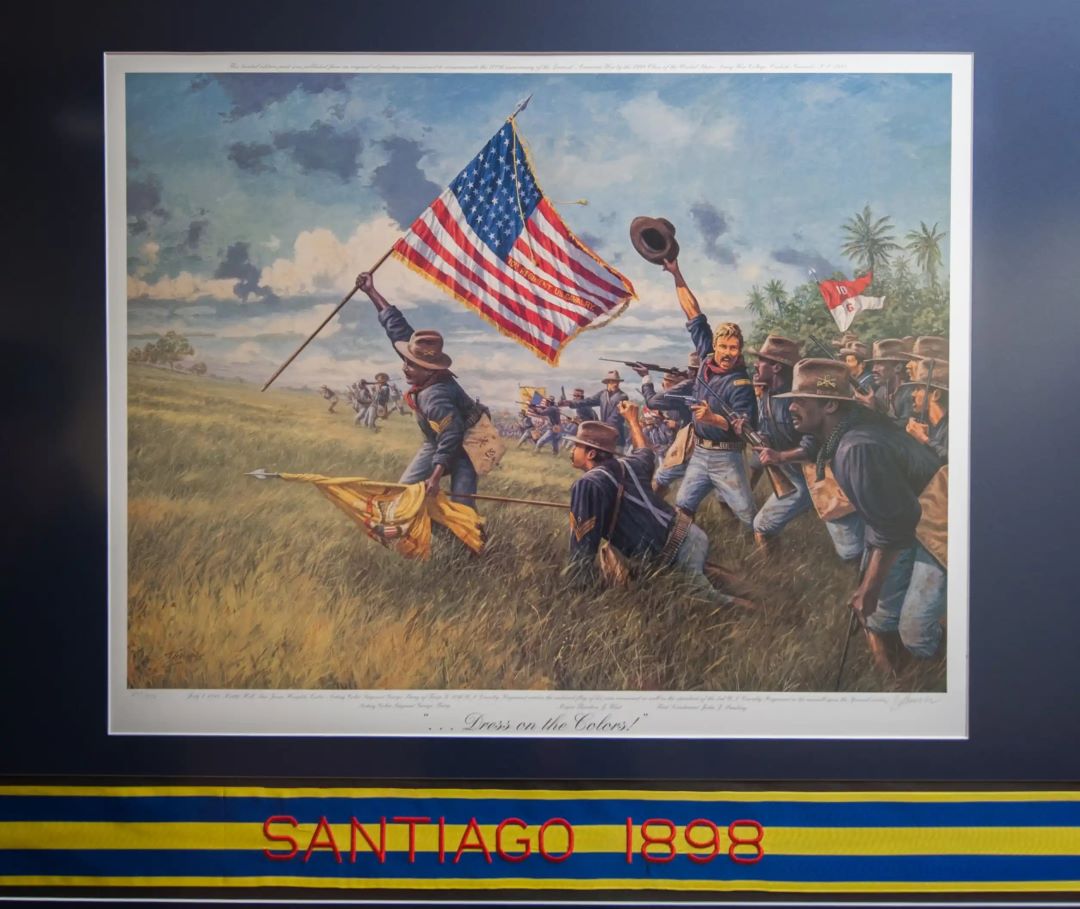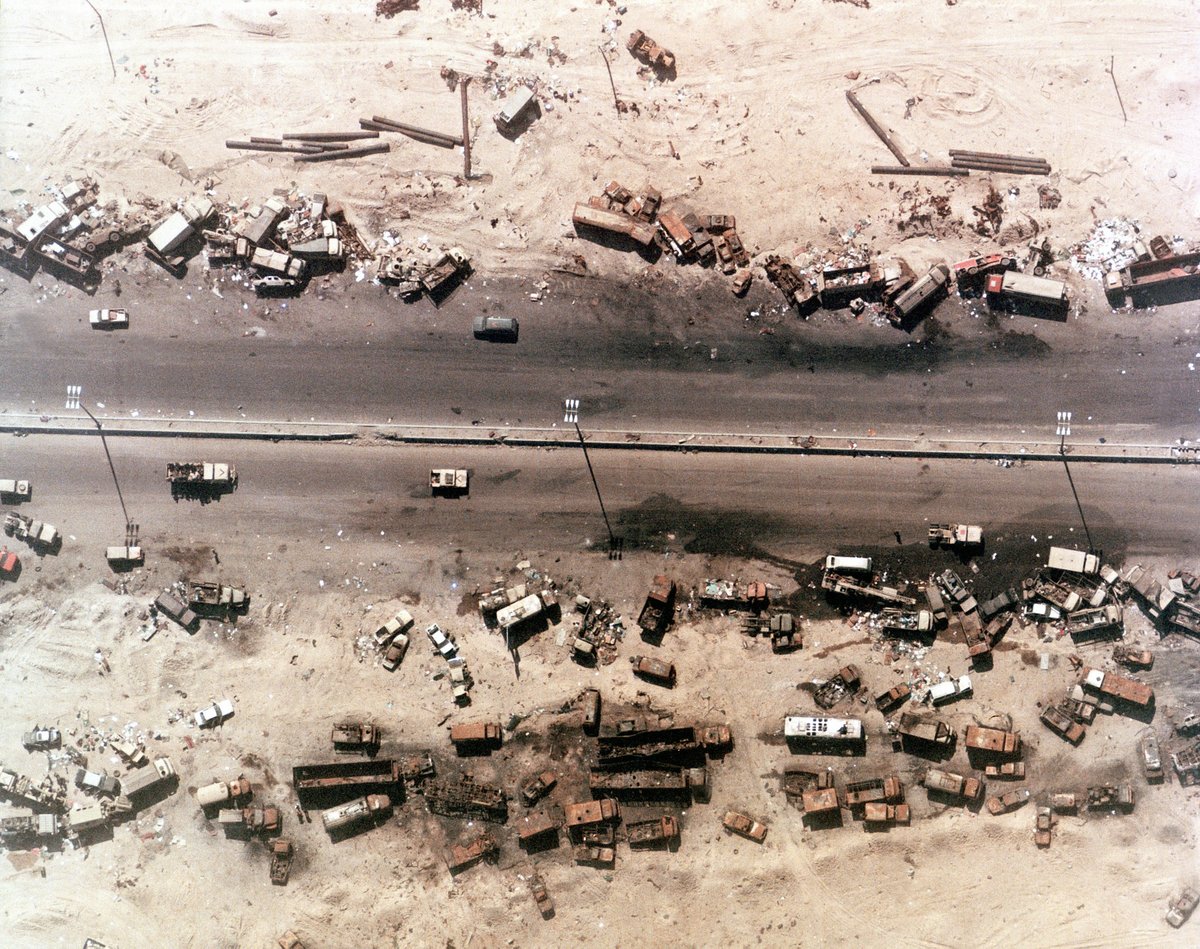
2-3 MARCH 1943 - BATTLE OF THE BISMARCK SEA - #WWII
A five-month lull in ground combat operations followed the Papuan and Guadalcanal campaigns, although there was much action on the sea and in the air.
#Armyhistory #USArmy #TRADOC #USAAF #WWIIPAcific #MilitaryHistory
A five-month lull in ground combat operations followed the Papuan and Guadalcanal campaigns, although there was much action on the sea and in the air.
#Armyhistory #USArmy #TRADOC #USAAF #WWIIPAcific #MilitaryHistory

On 1 March 1943, Allied scout planes sighted a large enemy convoy of eight destroyers and eight transports with a 100 fighter-plane escort. Allied Air Forces engaged the Japanese in what became the Battle of the Bismarck Sea on 2-3 March.
About 335 U.S. Army Air Forces (USAAF) and Royal Australian Air Force (RAAF) planes based on Papua attacked the convoy, and assisted by 8 motor-torpedo (PT) boats in the mop-up phase on 4 March, did great damage.
@USArmy @TRADOC
@USArmy @TRADOC

The Allies destroyed 12 ships - including all 8 troop-laden transports with 3,000 men. Only about 1,200 troops made it to Lae, and another 2,700 were rescued. The Japanese also lost 20 to 30 planes in aerial combat. Allied losses were reported as 5 planes.
With Allies having achieved air superiority over the waters in this area, the Japanese never again risked sending a transport larger than a small coaster or a barge.
• • •
Missing some Tweet in this thread? You can try to
force a refresh
















